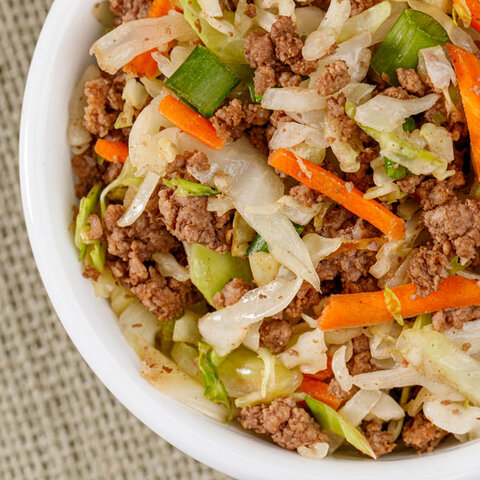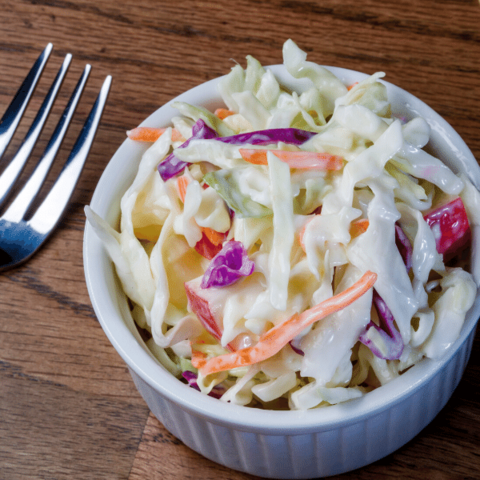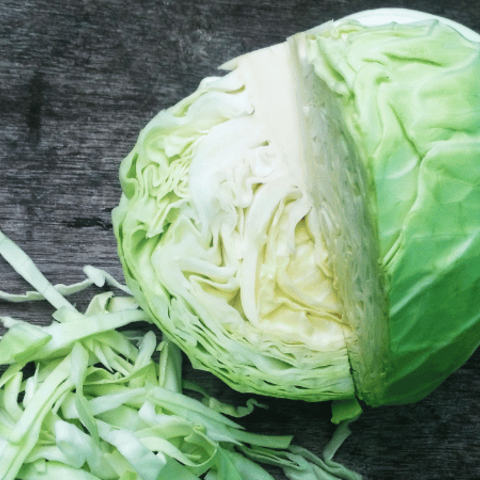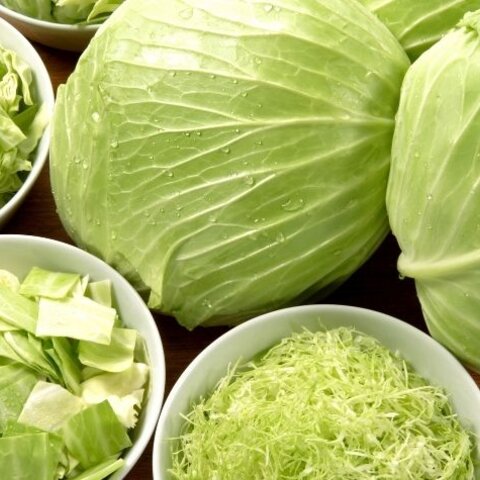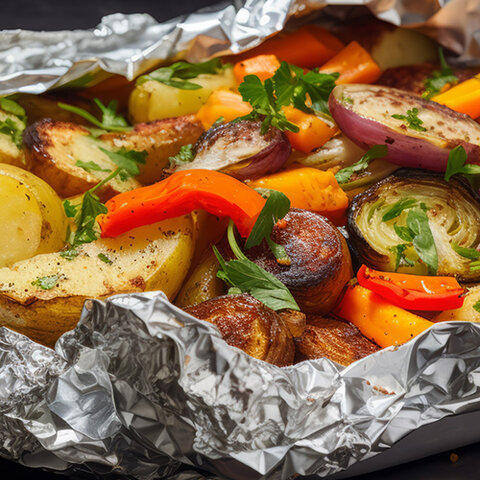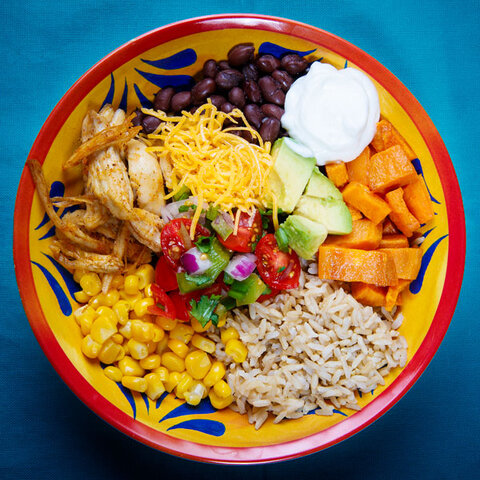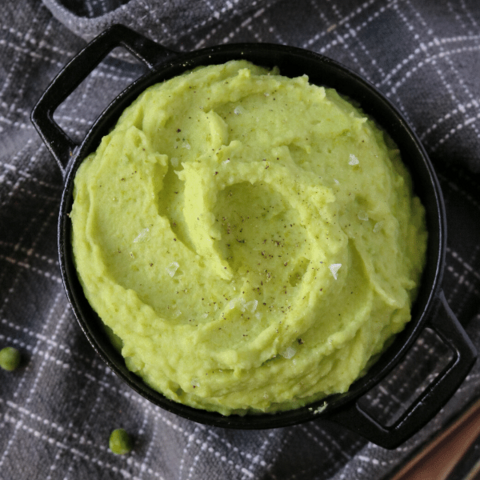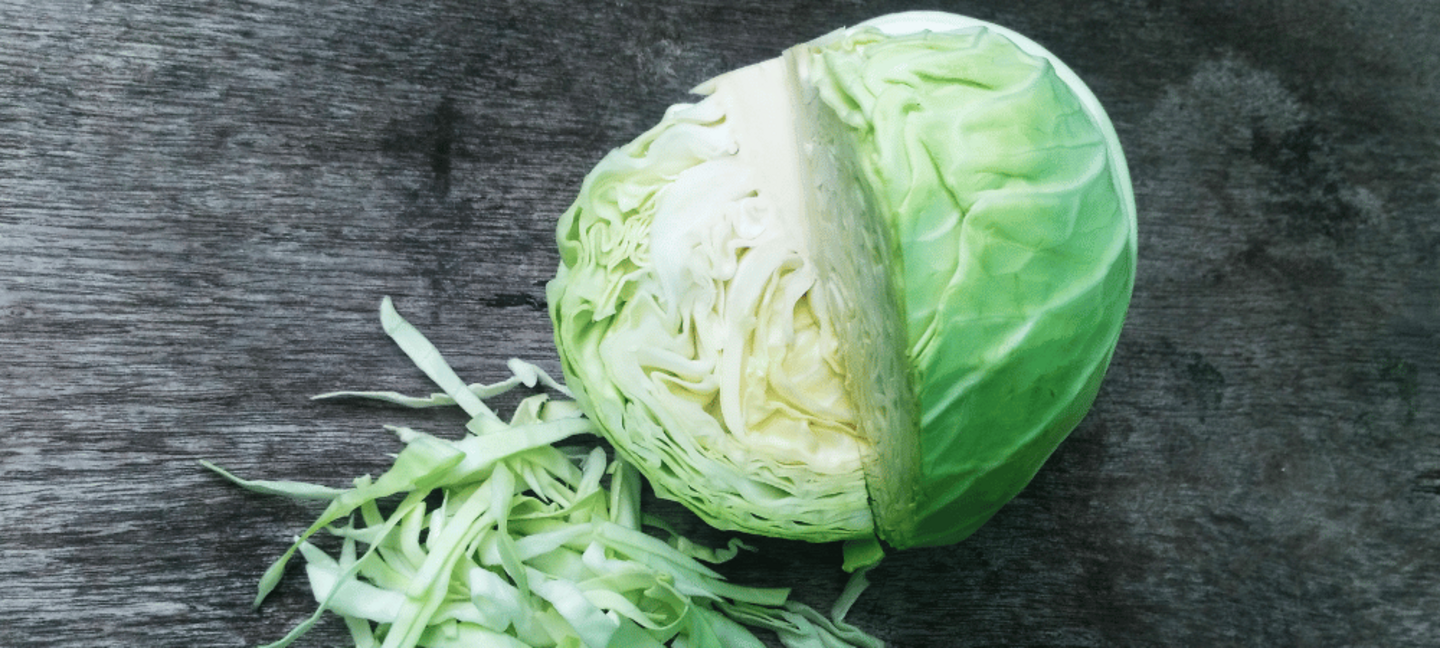
Cabbage originated nearly 2,000 years ago in the Mediterranean region. There are many types of cabbage grown in the world. Varieties of cabbage include red cabbage, bok choy and napa cabbage among other varieties.
Nutrition and Health Benefits of Cabbage
Cabbage is high in vitamin C, which helps heal cuts and wounds. It is also a good source of fiber, which helps to maintain bowel function.
How to Select Cabbage
Choose firm heads of cabbage that have glossy, light green leaves and are not damaged. The stem end should look healthy, trimmed and not dry or split.
How to Store Cabbage
Store unwashed cabbage head in a plastic bag in the refrigerator for up to one week. Once the head of cabbage has been cut, put the remainder in plastic bag and use within two days.
How to Prepare Cabbage
- Add cabbage to your side salad
- Use green and red cabbage in a coleslaw
- Try cabbage steamed, boiled, microwaved or stir-fried
- Add to pasta dishes
- Add it to homemade soup or stew
- Try adding cabbage to a casserole
- Create a traditional Polish dinner called Golumpki, which is ground beef or pork wrapped in cabbage leaves
Seasonal Availability of Cabbage in Nebraska
| Jan | Feb | Mar | Apr | May | Jun | Jul | Aug | Sep | Oct | Nov | Dec | |
|---|---|---|---|---|---|---|---|---|---|---|---|---|
| Harvest | x | x | x | x | x | x | ||||||
| Market | x | x | x | x | x | x |
Featured Recipes
Source:
- Seasonal Produce Guide - Cabbage, SNAP-Ed Connection
- Nebraska Harvest Schedule, Buy Fresh Buy Local Nebraska

